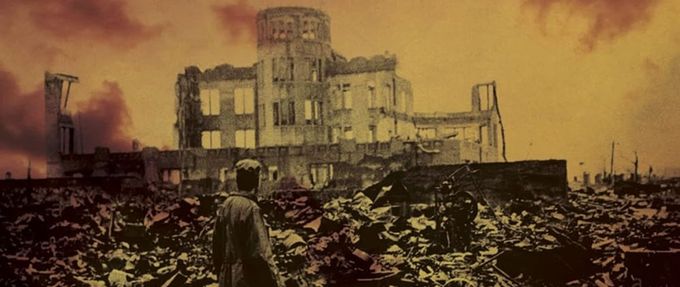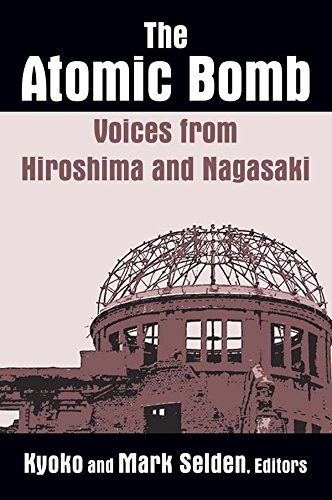On August 6th, 1945, World War II was brought closer to a swift, decisive, and destructive end when U.S. forces dropped an atomic bomb on the Japanese city of Hiroshima. Three days later, another atomic bomb was dropped on Nagasaki.
Hundreds of thousands of people perished from the immediate affects of the bomb, while countless others were subject to a slow and brutal suffering in the aftermath.
When the bombs were first dropped, it was widely believed that the devastation was a necessary evil. In the ensuing decades since, opinions on the bombings have shifted considerably.
On the 80th anniversary of the first bombing, here are seven illuminating books about Hiroshima, told from all perspectives.
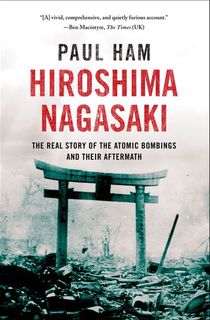
Hiroshima Nagasaki
In this book, author Paul Ham dives into an extensive history and analysis of the nuclear bombings of Japan during World War II.
As Ham delivers Hiroshima and Nagasaki's harrowing history, he argues against the use of nuclear weapons. Through substantial research and hundreds of interviews, he concludes that the bombings had very little impact on the outcome of the Pacific War.
More than 100,000 people were killed by the atomic bombs, and most of the casualties were women, children, and the elderly. After the initial explosion, hundreds of thousands more died later from horrific injuries or radiation sickness.
Through this text, Ham conveys the misunderstandings and mutual nationalist fury that led to the bombings. He also provides witness to the fallout, giving the perspective of 80 survivors.
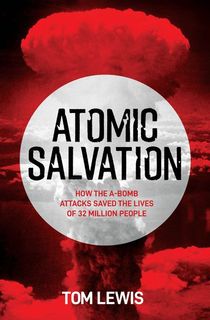
Atomic Salvation
This text explores what might have happened during World War II if conventional weapons were used in Japan instead of the atomic bombs.
Through an examination of documents from both Japanese and Allied sources, this book maps the full extent of the possible casualties on both sides had the assault been like that of D-Day. It also aims to recount the losses beyond that of mere statistics.
Author Tom Lewis controversially asserts that there would have been a greater loss of life in Japan if traditional warfare had been implemented.
Atomic Salvation aims to not only convey that the bombs were a military necessity, but to explore why this necessity has been challenged over the decades.

The Atomic Bomb: Voices from Hiroshima and Nagasaki
Through a collection of factual reports, short stories, poems, and drawings, this book cultivates an intimate perspective on the catastrophic effects of the bombings of Hiroshima and Nagasaki.

African Americans Against the Bomb
Rev. Dr. Martin Luther King, Jr. may have spoken out against nuclear weapons, but African Americans were protesting the Bomb long before he stepped into the spotlight. Though historians have largely ignored the efforts of African Americans in the anti-nuclear movement, this community was one of the first to speak out against Truman's 1945 decision to bomb Hiroshima and Nagasaki.
This book tells, for the first time, the gripping story of those Black activists who fought against nuclear warfare by drawing connections between the nuclear issue and racial inequality.
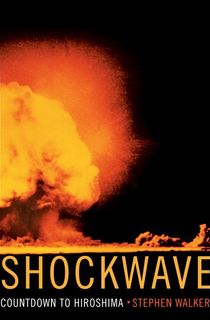
Shockwave
One quiet August morning in 1945, a five-ton bomb nicknamed Little Boy was dropped by Americans onto the Japanese city of Hiroshima. Unimaginable power was unleashed upon the city, decimating a third of its population in a matter of moments.
This gripping book tells the minute-by-minute account of this fateful event, beginning with the three weeks leading up to the bombing and carrying on through the devastating aftermath.
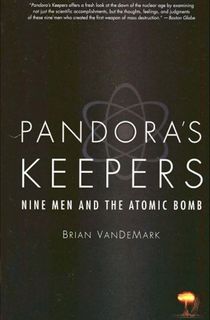
Pandora's Keepers
Oppenheimer, Teller, Fermi, Bohr, Lawrence, Bethe, Rabi, Szilard, and Compton created the atomic bomb. They came from all over—some running from the Nazism in Europe, while others stepped out of simple university teaching jobs—but they all held the same history-altering vision that came together in secret wartime laboratories.
In one hidden locale in Los Alamos, New Mexico, these nine men discovered the secret to catastrophic destruction. The desperation of wartime left little time for these brilliant minds to question how wise a weapon like this was.
However, in the aftermath of the bombings they were left to deal with their complicated legacy. Some were so haunted by what that had created that they became some of the most vocal anti-nuclear weapons activists in the world, while others went on to make even worse weapons of destruction.
In this illuminating text, author Brian VanDeMark examines the the thoughts, feelings, and judgments of those responsible for the world's first weapon of mass destruction.
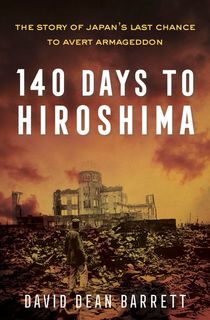
140 Days to Hiroshima
As World War II unknowingly neared its end, the U.S. and Japanese military giants were engaged in a tense stand off exacerbated by cultural differences and stubbornness. The US developed history's deadliest weapon and demanded unconditional surrender, while the Japanese responded with a suicidal resistance built upon every able-bodied man and woman in the homeland.
This book dives into the months leading up to Hiroshima, exploring the war-room drama on both sides.
